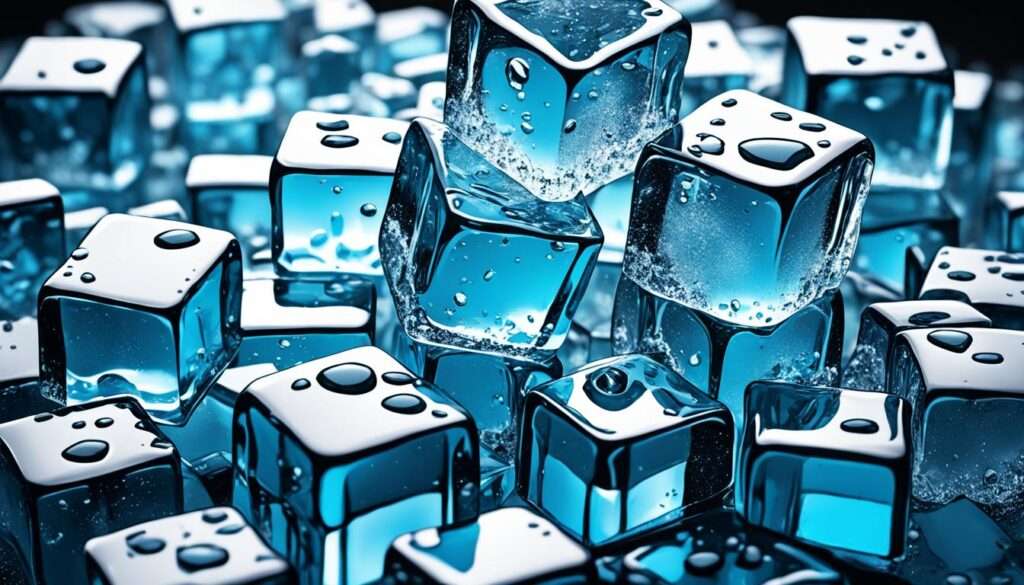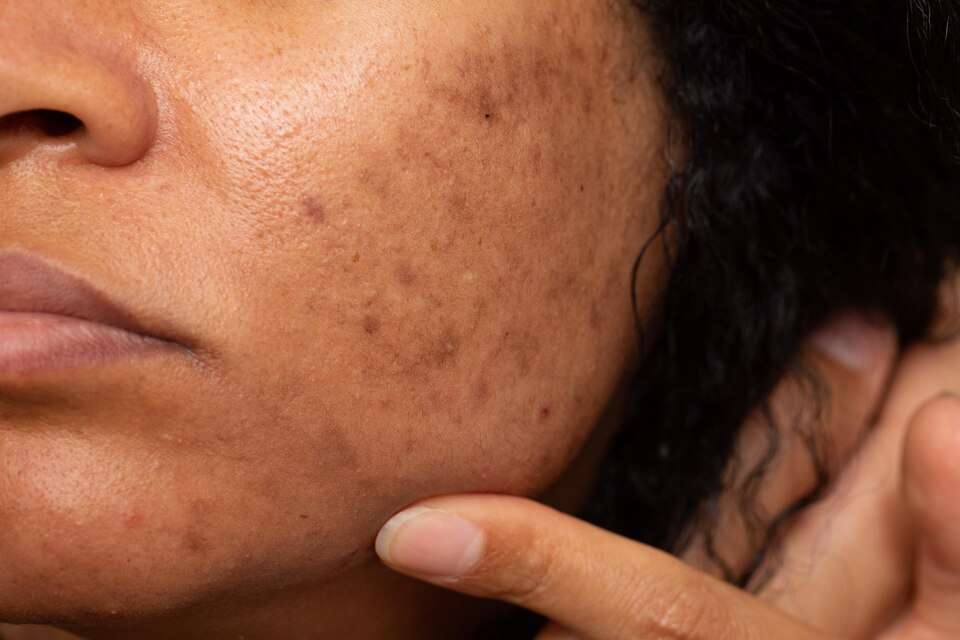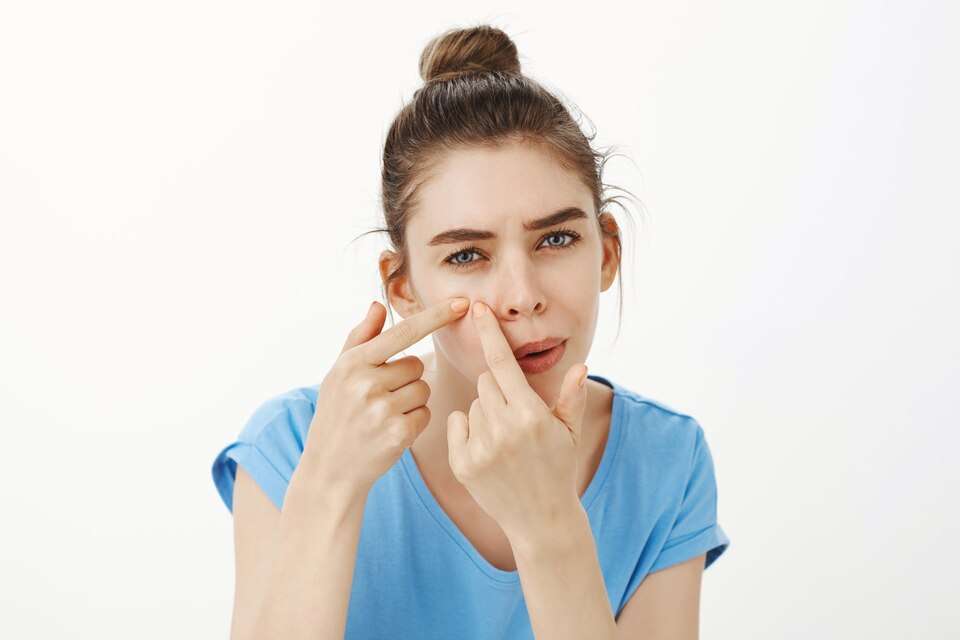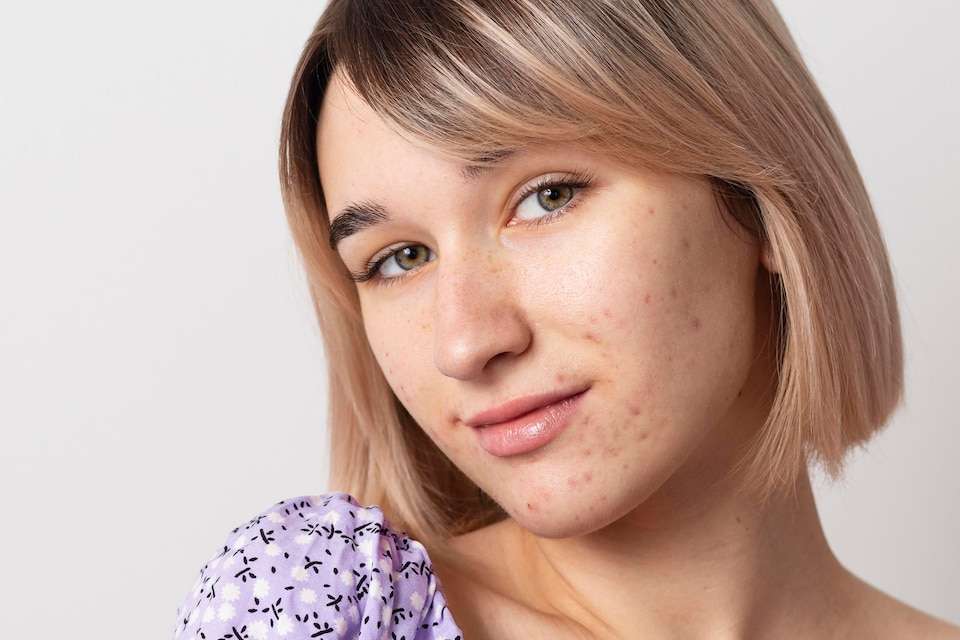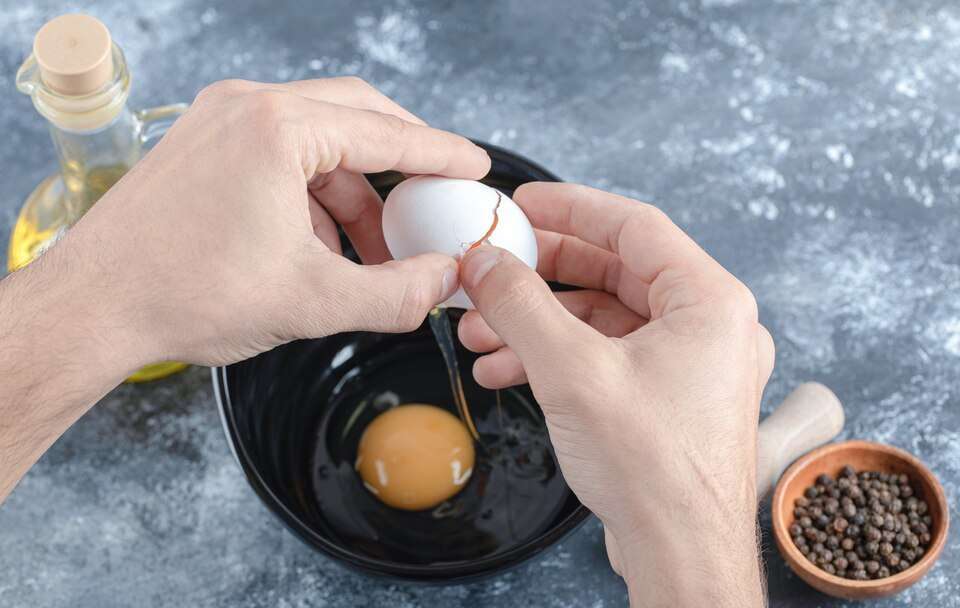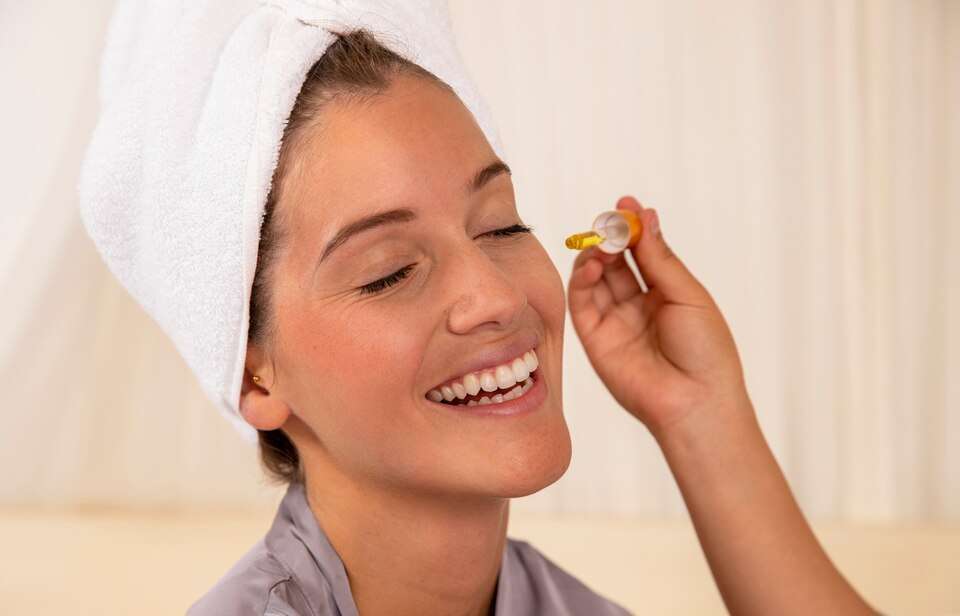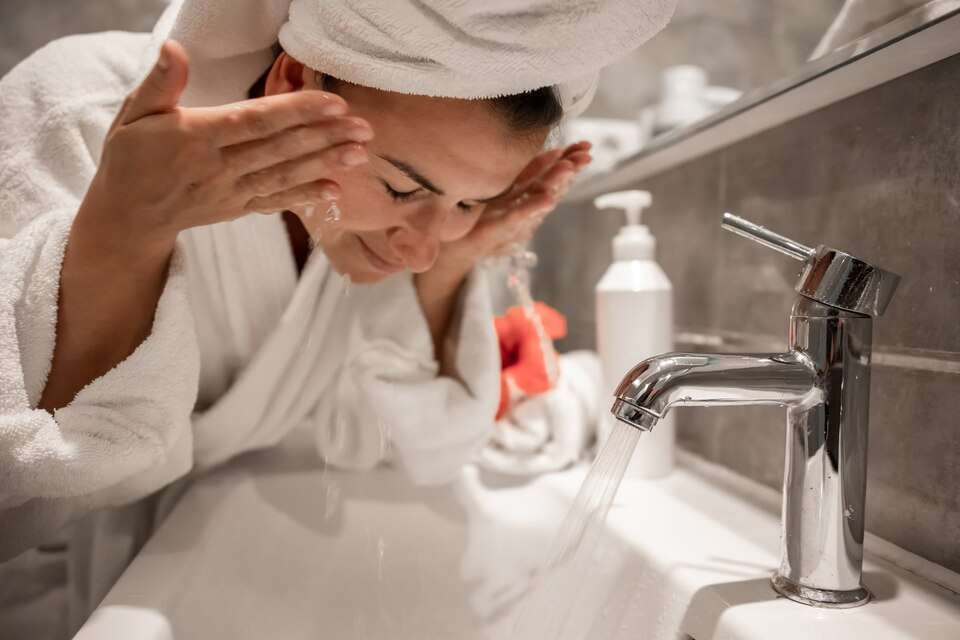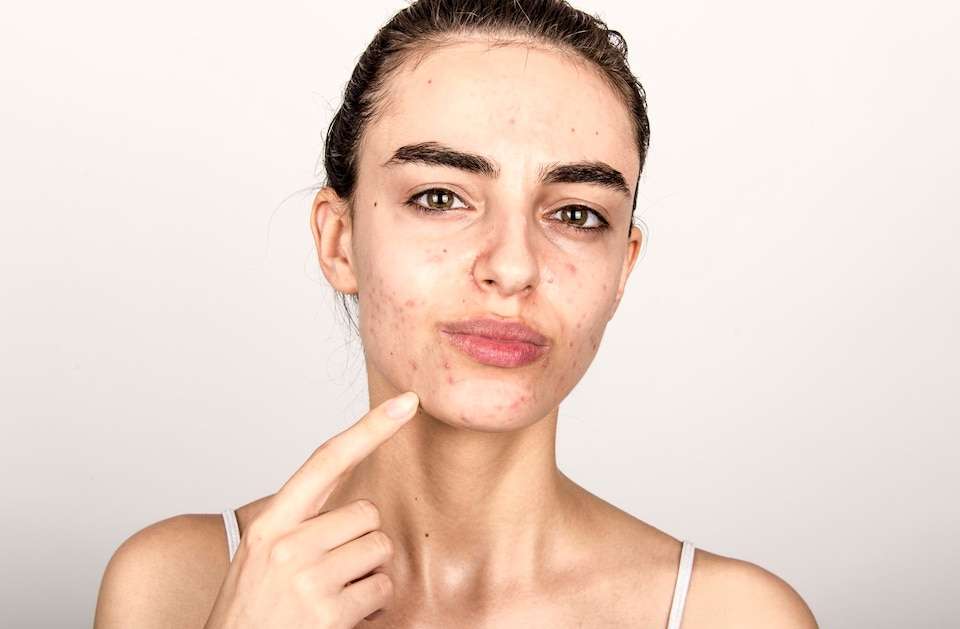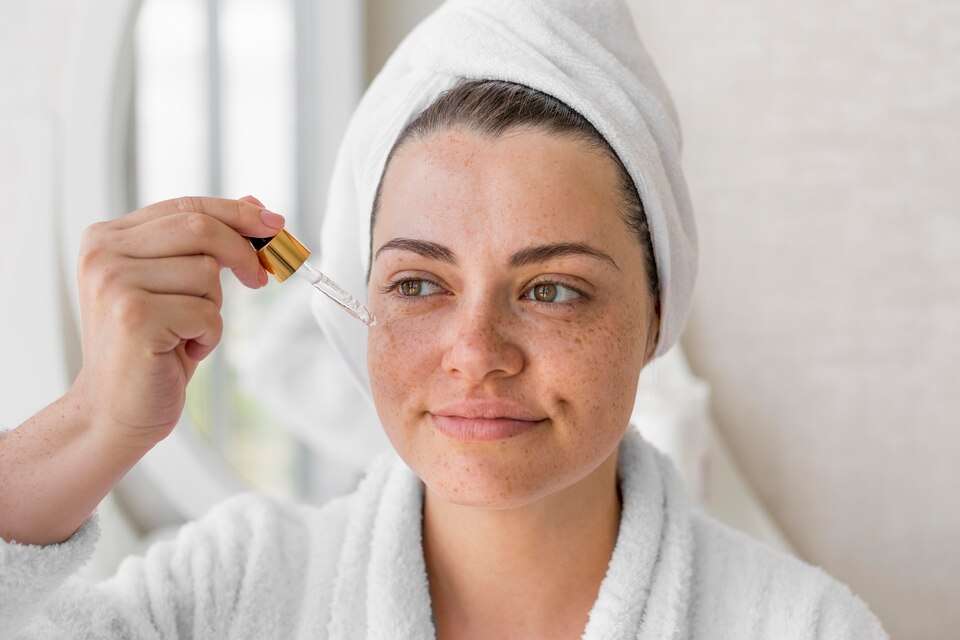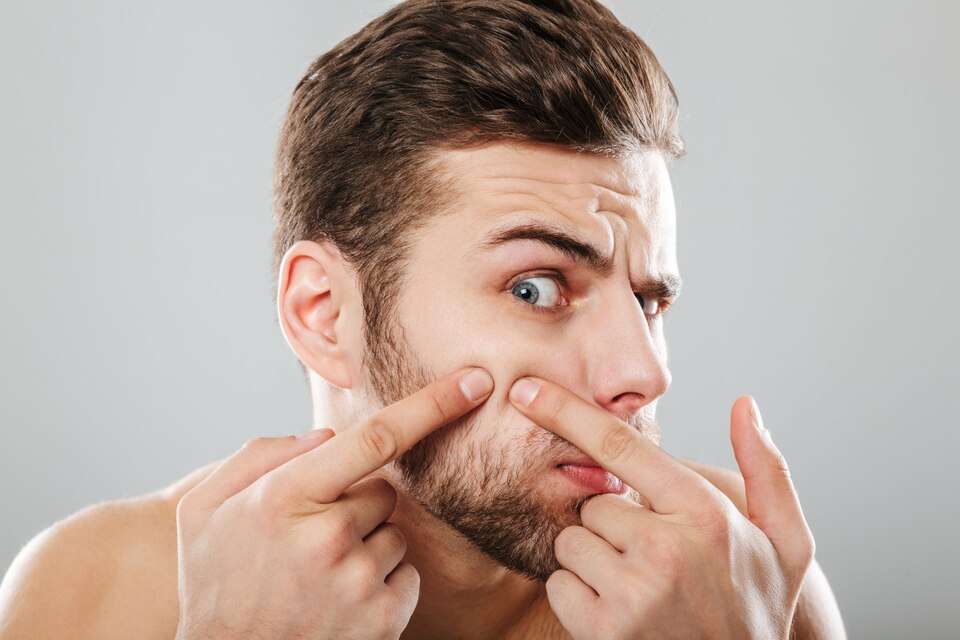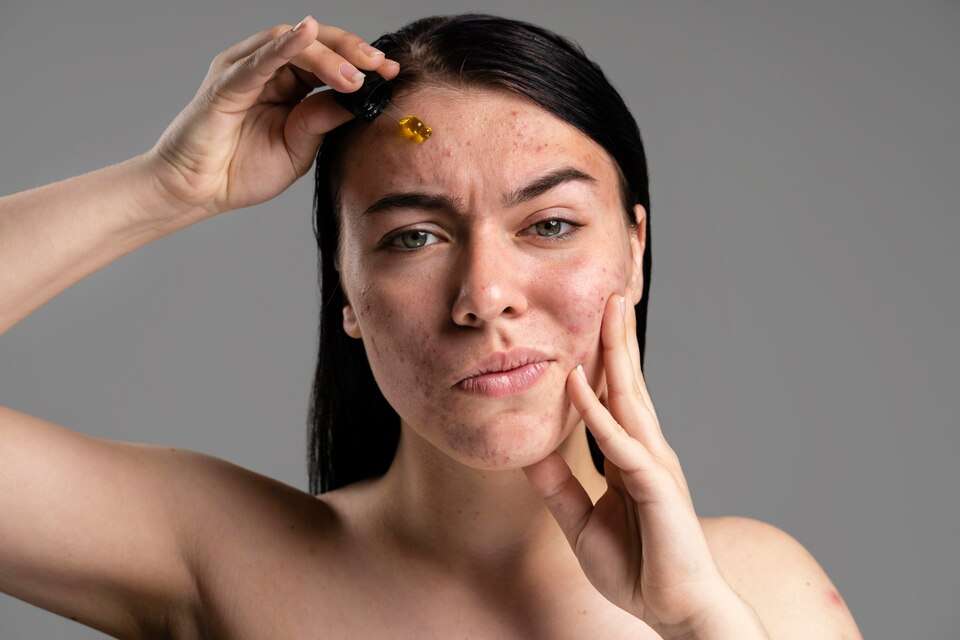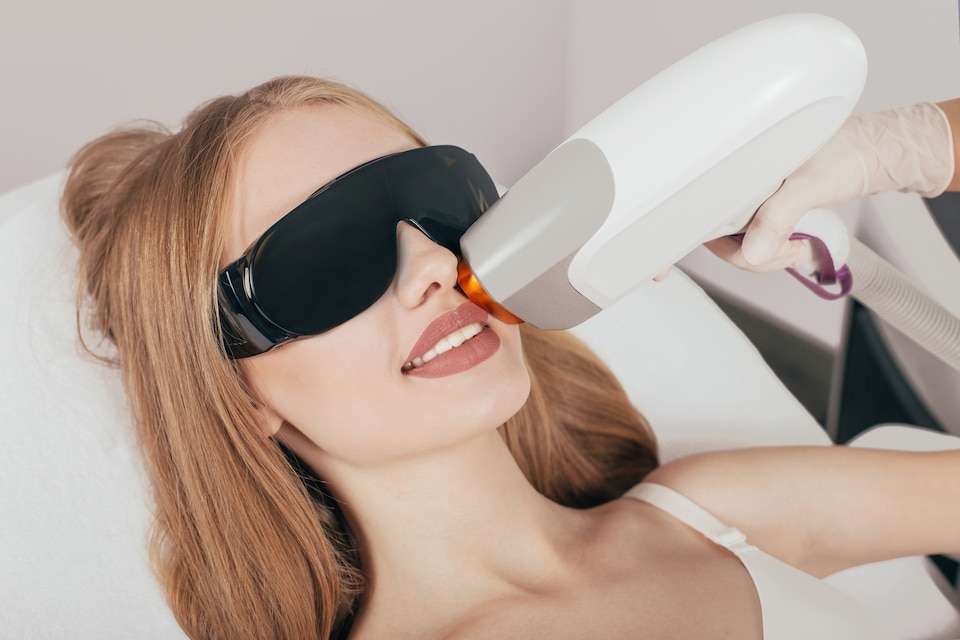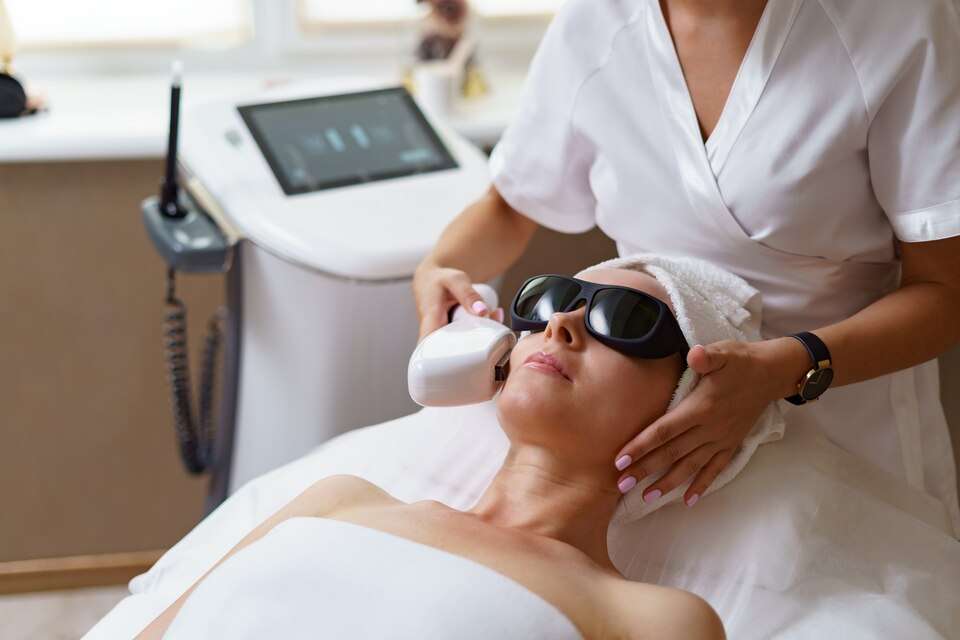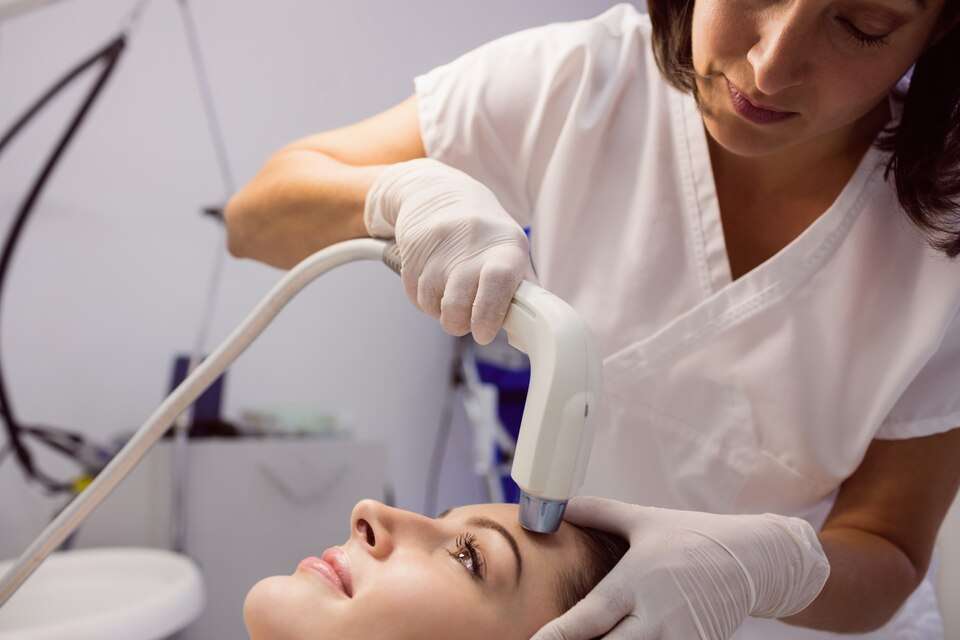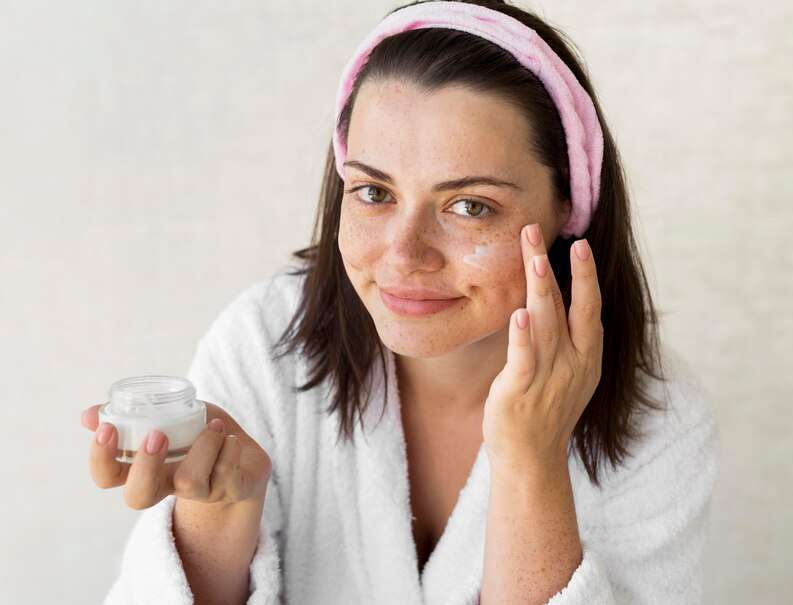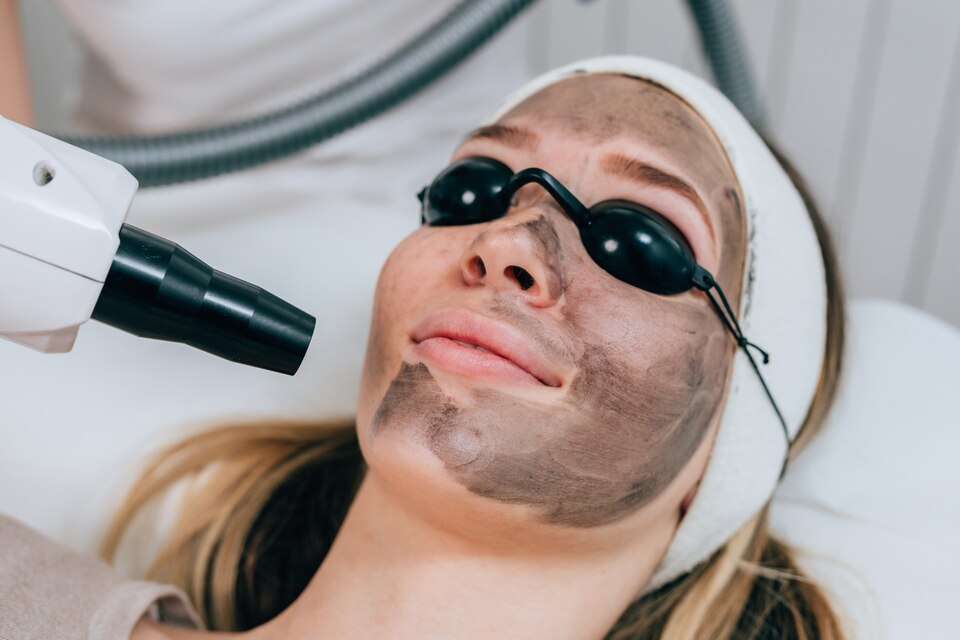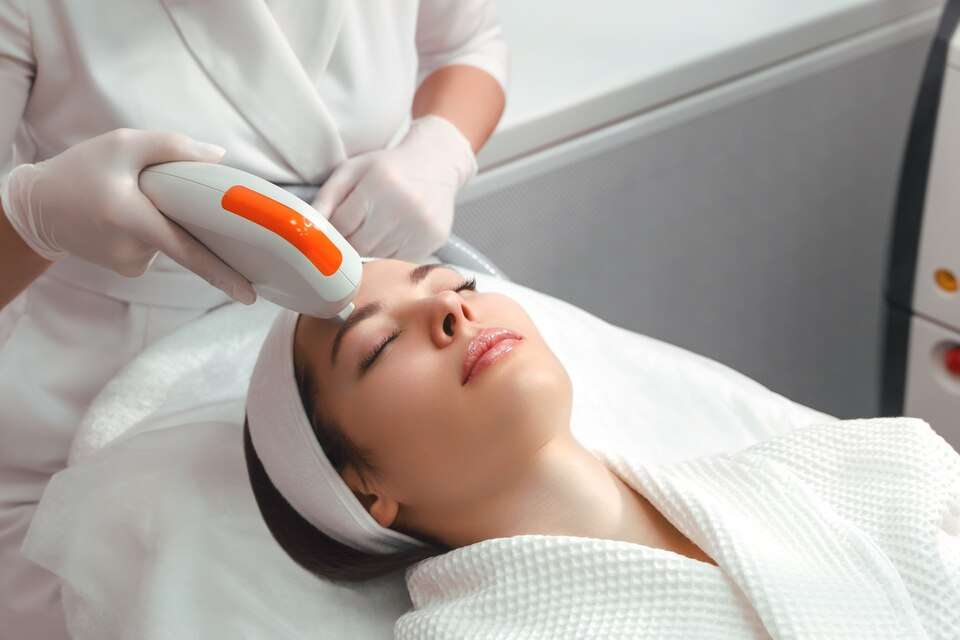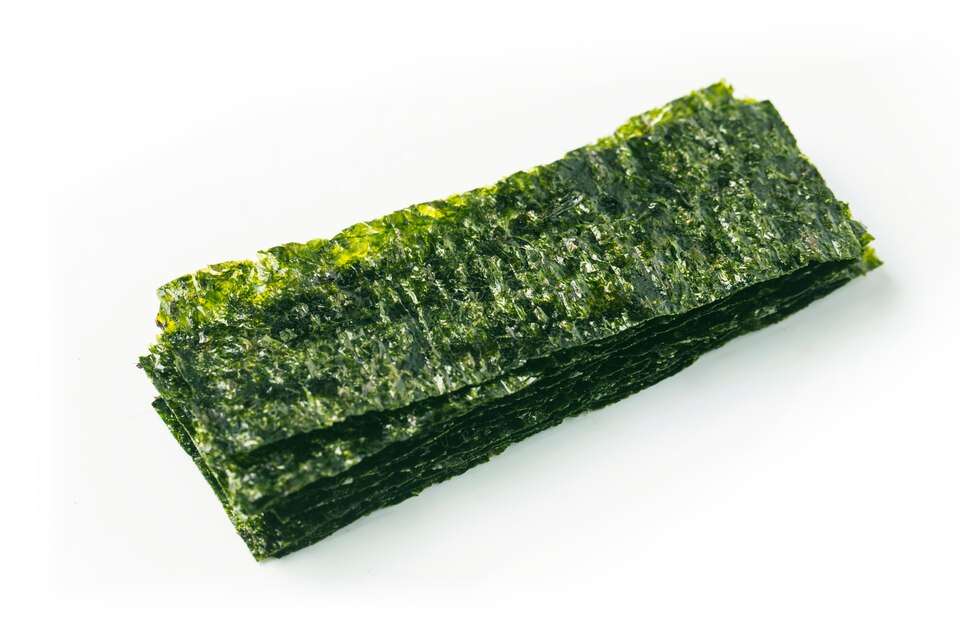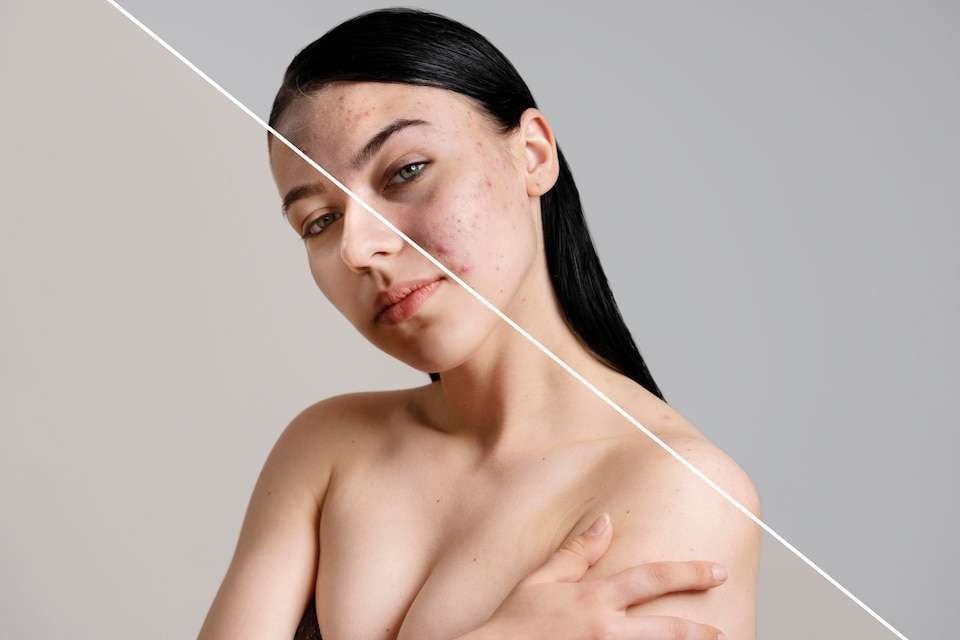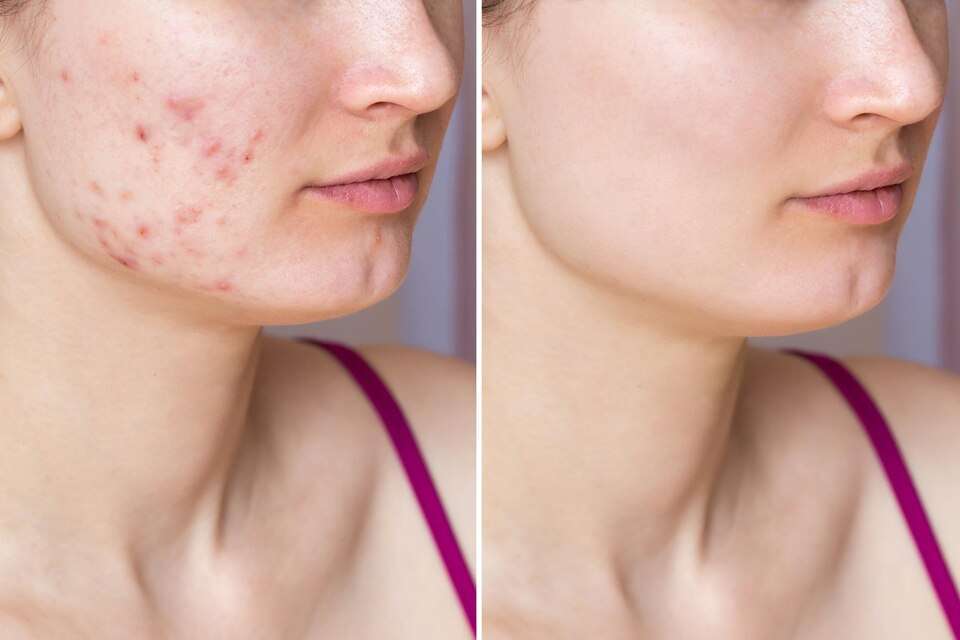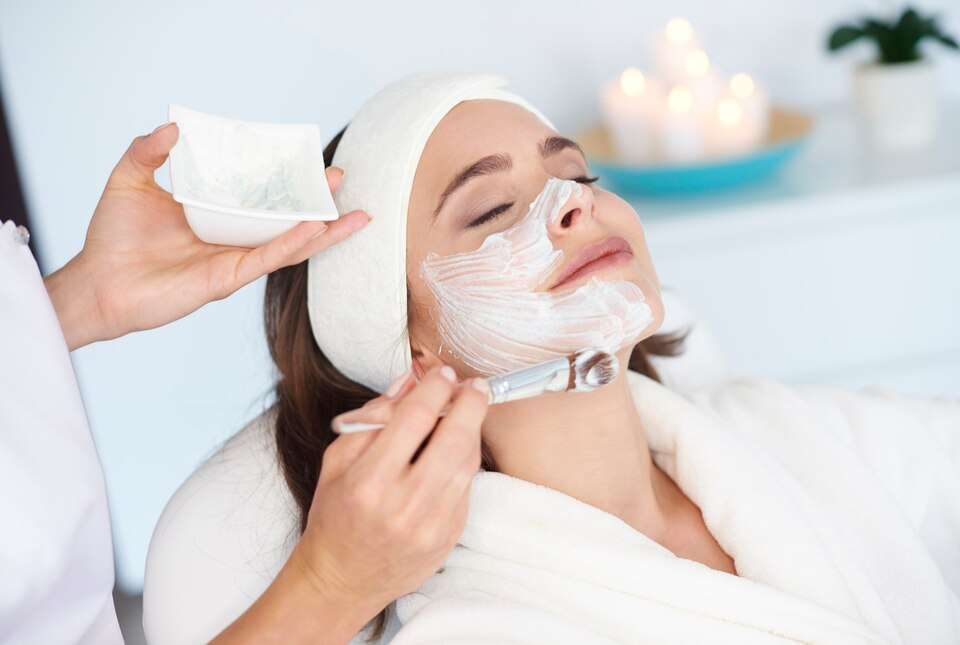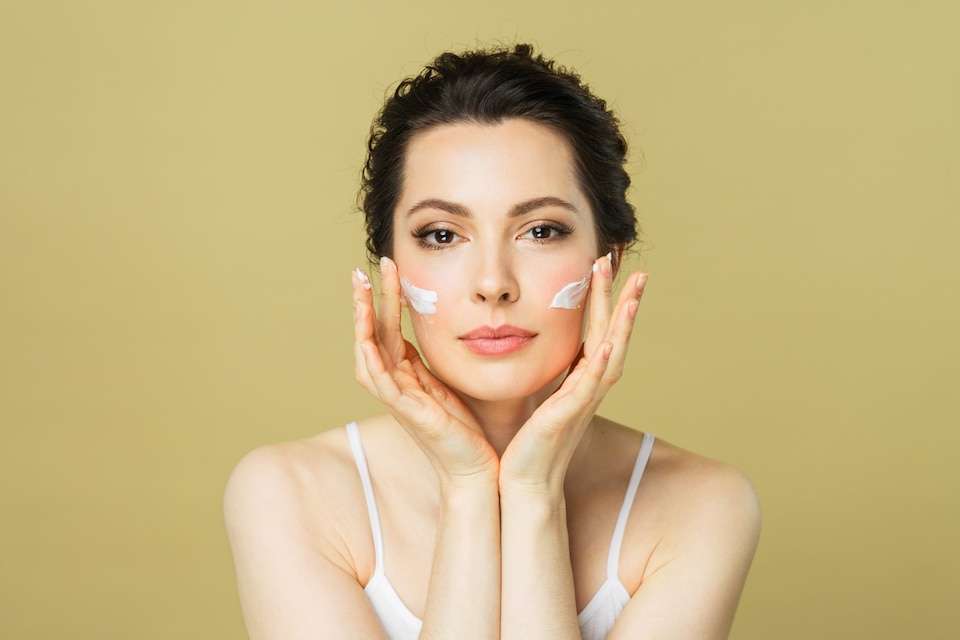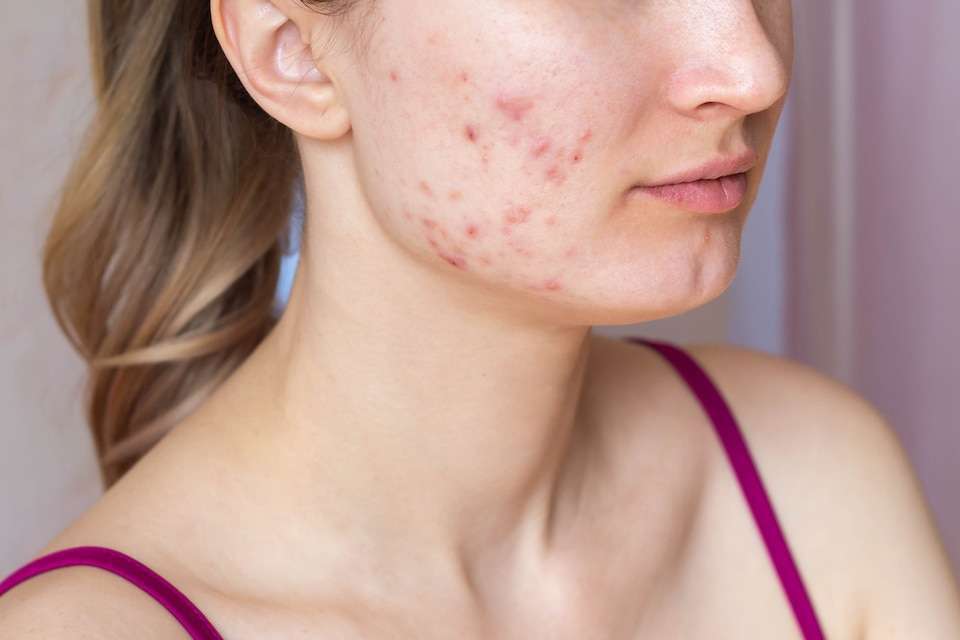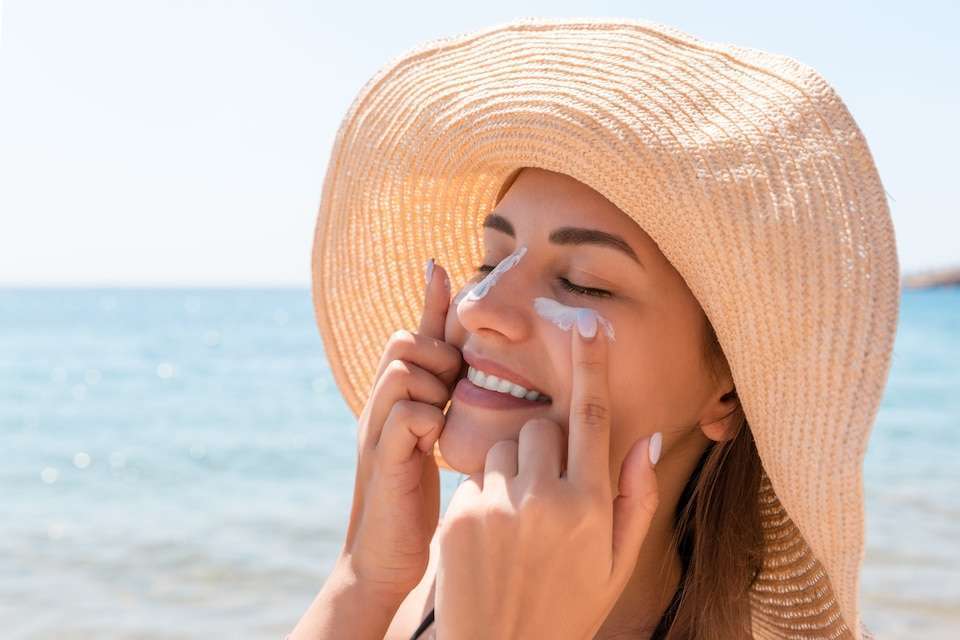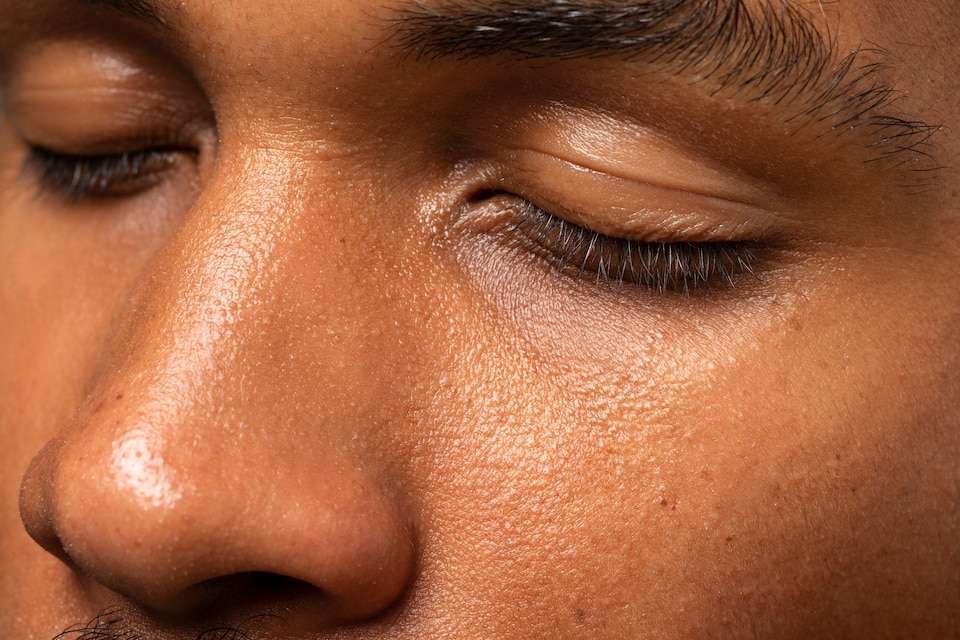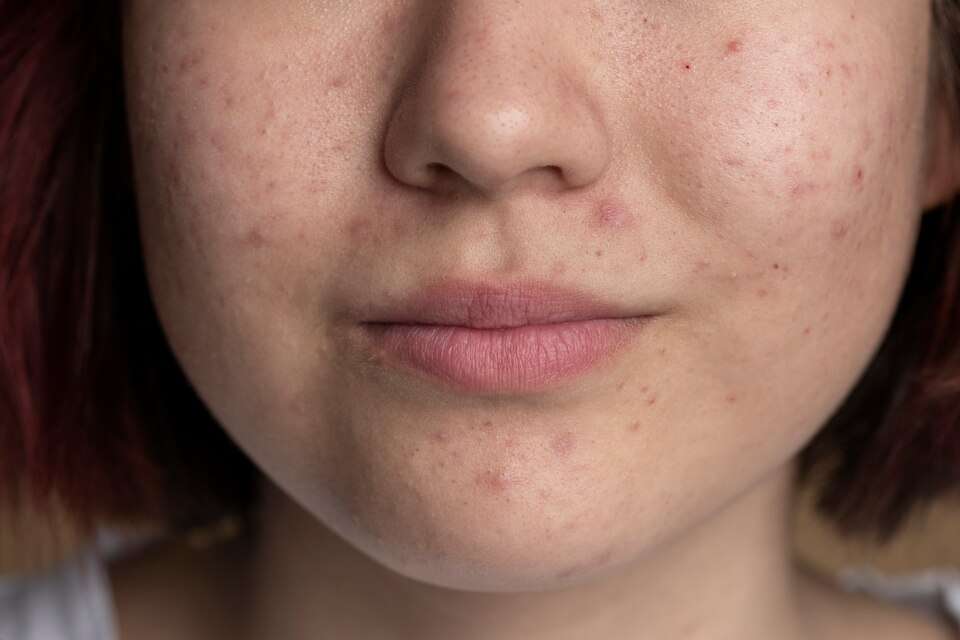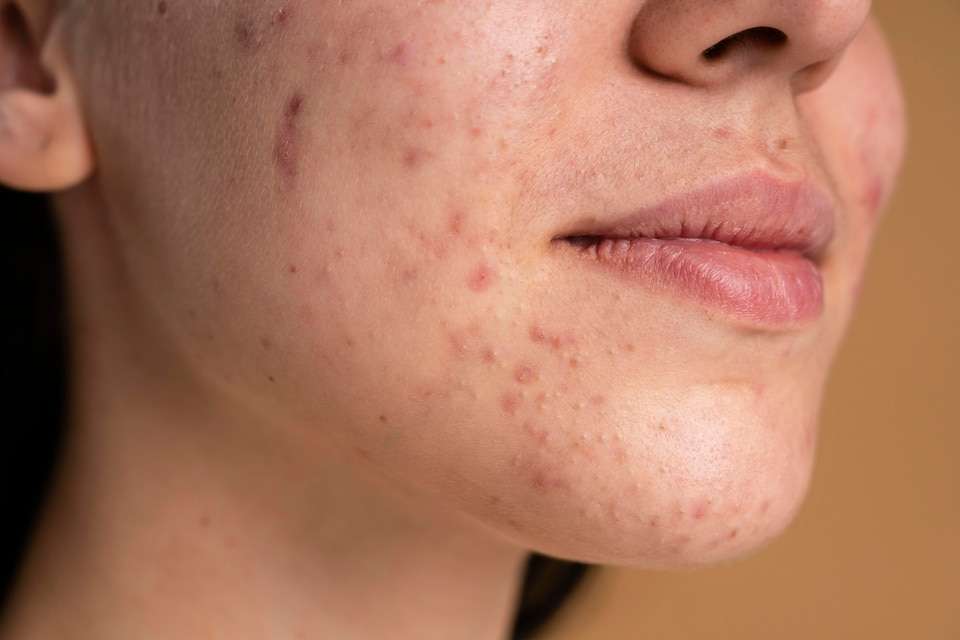Acne happens when dead skin cells and excess oil from the skin get trapped in the hair follicles. Best Foods Must Be Ignored If An Acne-Free Face Is Desired Acne is a long-lasting skin disorder that affects both men and women equally. Whiteheads, pimples, and whiteheads characterize the illness. It mostly affects the top of the back, shoulders, chest, brow, and face. Acne may affect everyone, but teens are much more prone to suffer. This article will advise you on what not to do if you need to control your acne. How to Prevent an Acne Acne is more common among youth and young adults, although it may affect anybody at any age. Certain diets may help alleviate the symptoms of this illness. You should also avoid a few meals to be healthy. If you’re attempting to get rid of acne, you could be urged to avoid the following foods: Sugars and processed grains Because refined carbs and sugars are high in fat, they have been related to various health issues, including obesity. Most individuals are unaware that certain foods may also cause acne. Crackers, white-flour cookies, and bread are all high in refined carbs. It would be helpful if you avoided eating pasta prepared with white flour. To prevent acne, limit your intake of foods that cause your body to retain fat. >>Get your secret guide here<< Milk and dairy products Several studies have shown that kids who consume many dairies are more likely to develop acne. Acne is twice as frequent in young individuals who consume many milk and cheese than in people who do not. Most of the exploration has been carried out on teens and young adults. Even though it’s unclear how dairy could aggravate acne, it’s recommended to consume it in moderation. According to one hypothesis, milk elevates insulin levels in the body, which worsens acne. Cow’s milk contains many amino acids, which cause the liver to produce more growth factor-1 that resembles insulin (IGF-1). Acne on the skin has also been connected to this illness. So, to eliminate acne, you should avoid drinking cow’s milk. Fast Food Most acne is caused by Western-style diets heavy in fat, calories, and processed carbs. People in the Western world consume a lot of fast food, such as chicken nuggets or fries, French fries, dogs, milkshakes, and drinks, which might contribute to acne. >>Get your secret guide here<< Researchers discovered that elevated glycemic load meals, which are heavy in fat and calories, are associated with an increased incidence of acne. The same research discovered that consuming fast food increases your chances of acne by at least 17%. Read Also: Is Facial Effective in Treating Acne Scars? Omega-6-Rich Foods If you want good skin, avoid meals with omega-6 fatty acids, which may promote acne. The normal Western diet is high in these fats, which may aggravate acne and inflammation. This is since soy oils and maize, both high in omega-6 fatty acids, are staples in most Western diets. How to Get Beautiful Skin: Change starts with a person’s thoughts and feelings. Similarly, even the most protective outer layer of skin care will not benefit your health or skin care. A healthy treatment plan begins with proper nourishment from the inside. Old cells are constantly being substituted by new ones in the body. So, consuming the appropriate foods will assist you in maintaining a healthy balance, & your skin will be smooth, clear, bright, and nutrient-dense. Who are we attempting to deceive? Everyone desires healthy-looking skin. A healthy diet is crucial for keeping the appearance of your skin. Here are some healthy eating and skincare recommendations to help you achieve healthy, beautiful skin. So go back to eating healthy to improve the appearance of your skin. >>Get your secret guide here<< Yogurt Yogurt is an excellent food for maintaining good skin. It contains a lot of probiotics, which assist your stomach, colon, and additional organs to function properly and keep you healthy. These factors cause the majority of adult skin problems. Yogurt keeps everything balanced, preventing acne, dry skin, and other concerns. Green leafy vegetables Winter will feature plenty of green vegetables, which are high in antioxidants and vitamins that assist in maintaining your youthful skin. Although the path to radiant skin might not seem tempting, it is required to make a little sacrifice to gain something better. Eat enough vitamin C. It strengthens the immune system, removes spots, and offers you bright skin. Fruits and vegetables high in vitamin C contain oranges, broccoli, strawberries, papaya, black currants, lemons, sweet potatoes, and guava. >>Get your secret guide here<< Consume a lot of Selenium. Selenium is a powerful antioxidant that complements vitamins C and E and other antioxidants. According to some research, consuming foods high in Selenium may help you prevent cancer and age spots and enhance your general health. Selenium is abundant in Brazil nuts. We need four Brazil nuts to receive the Selenium that our bodies need daily. Consume vitamin E-rich foods. Vitamin E-rich foods may help prevent your cells from oxidative damage. As a consequence, your skin’s health improves. Vitamin E may be found in almonds, hazelnuts, sunflower oil, and other nuts and oils. Drink plenty of water. It’s mind-boggling that water makes up the majority of your body. When your body isn’t receiving enough water, you must recognize how much it needs to function properly. And lacking it will immediately alter the appearance of your skin. Every day, try to drink at least 2 liters of water. >>Get your secret guide here<< Conclusion Your acne might get less severe or even vanish if you consume nutritious meals. Even if you suffer from acne, you should restrict your intake of fat and calories since they might aggravate your condition. So, the initial step in treating acne is understanding what is beneficial to the body and maintaining a balanced diet. Consult a professional if your acne is severe or not clearing up as quickly as you’d want.

